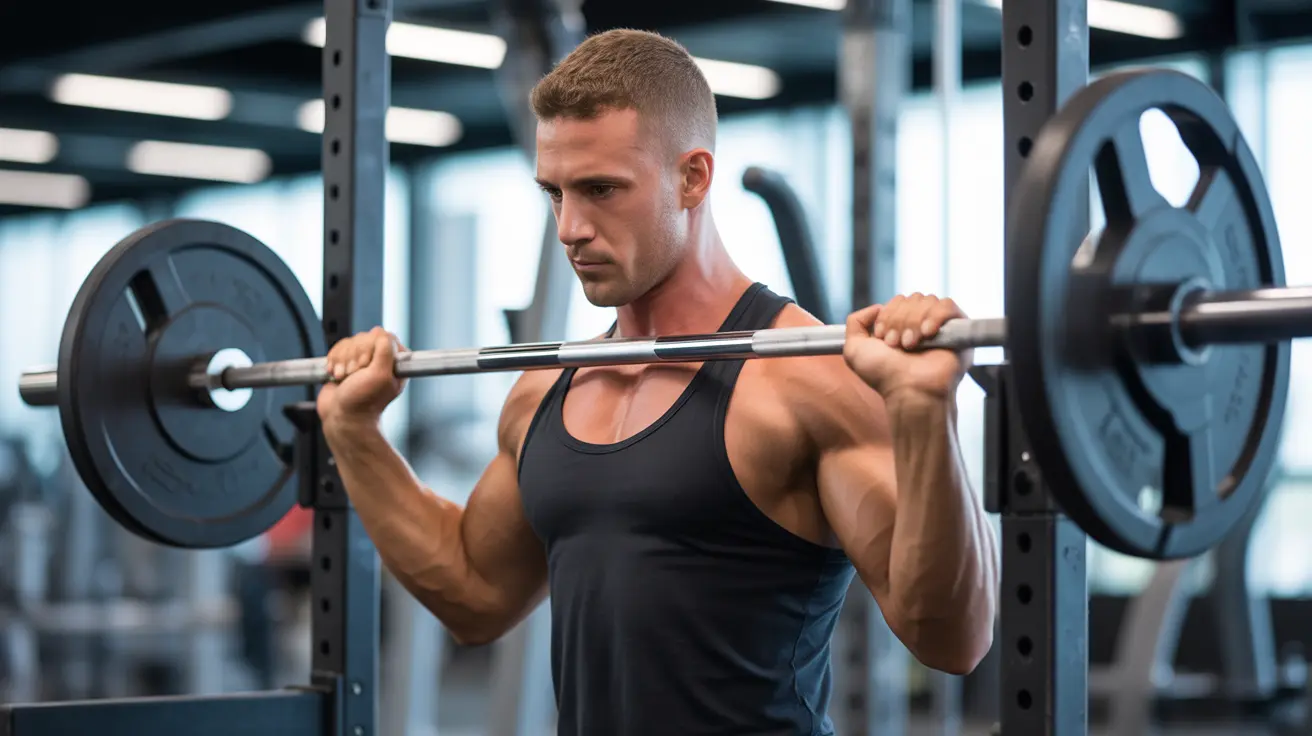Building a strong, well-defined chest requires more than just random exercises—it demands a strategic approach to targeting your pectoral muscles effectively. Whether you're a beginner or an experienced lifter, understanding the best pec exercises and proper techniques can help you achieve your chest development goals while minimizing injury risk.
In this comprehensive guide, we'll explore the most effective pec exercises, proper form techniques, and expert tips to help you build impressive chest strength and muscle definition.
Understanding Your Chest Muscles
Before diving into specific exercises, it's important to understand that your chest consists of two main muscles: the pectoralis major and pectoralis minor. The pectoralis major has three distinct regions—the upper, middle, and lower portions—which can be targeted through different exercise angles.
Essential Pec Exercises for Maximum Results
Bench Press Variations
The bench press is a cornerstone of chest development, with different variations targeting specific areas of your pecs:
- Flat Bench Press: Targets the middle chest region
- Incline Bench Press: Emphasizes the upper chest
- Decline Bench Press: Focuses on the lower chest region
Dumbbell Exercises
Dumbbell exercises offer unique benefits for chest development:
- Dumbbell Flyes: Isolate the chest muscles and provide a deep stretch
- Dumbbell Press: Allows for greater range of motion than barbell exercises
- Single-Arm Dumbbell Press: Helps correct muscle imbalances
Bodyweight Exercises
Don't underestimate the power of bodyweight exercises for building chest strength:
- Standard Push-ups
- Diamond Push-ups
- Decline Push-ups
- Plyometric Push-ups
Proper Form and Technique
Maintaining proper form is crucial for both effectiveness and safety during chest exercises:
- Keep your shoulders back and down
- Maintain a stable core throughout movements
- Control the weight during both concentric and eccentric phases
- Breathe steadily: exhale during exertion, inhale during the negative phase
Common Mistakes to Avoid
Watch out for these frequent errors that can compromise your results:
- Bouncing the weight off your chest
- Flaring your elbows excessively
- Using momentum instead of controlled movements
- Neglecting full range of motion
- Training too frequently without adequate recovery
Programming Your Chest Workout
For optimal results, consider these programming guidelines:
- Train chest 1-2 times per week
- Include a mix of compound and isolation exercises
- Vary rep ranges (6-12 for strength, 12-15 for hypertrophy)
- Allow 48-72 hours between chest-focused workouts
- Progressive overload systematically
Frequently Asked Questions
What are the best pec exercises to build chest strength and muscle size?
The most effective pec exercises include the flat bench press, incline dumbbell press, and push-ups. Combine compound movements with isolation exercises like dumbbell flyes for comprehensive chest development. Focus on proper form and progressive overload for optimal results.
How do incline, flat, and decline bench presses target different parts of the chest?
Incline bench press (15-30 degree angle) emphasizes the upper chest, flat bench press targets the middle chest region, and decline bench press focuses on the lower chest. Including all three variations ensures complete chest development.
What is the proper form for performing a bench press to avoid injury?
Keep your feet flat on the floor, maintain a slight arch in your lower back, grip the bar slightly wider than shoulder-width, and keep your elbows at about 45 degrees from your body. Lower the weight controlled to mid-chest and press up with force while maintaining stability.
Can bodyweight exercises like push-ups effectively build and tone the pec muscles?
Yes, push-ups are highly effective for building chest strength and muscle. They engage multiple muscle groups, can be modified for different difficulty levels, and can be performed anywhere. Progressive variations can continue challenging your muscles as you advance.
What are common mistakes to avoid when doing pec exercises for optimal results?
Common mistakes include using too much weight at the expense of form, neglecting proper warm-up, training too frequently without adequate rest, not maintaining full range of motion, and failing to implement progressive overload. Focus on quality over quantity and maintain proper form throughout each exercise.




